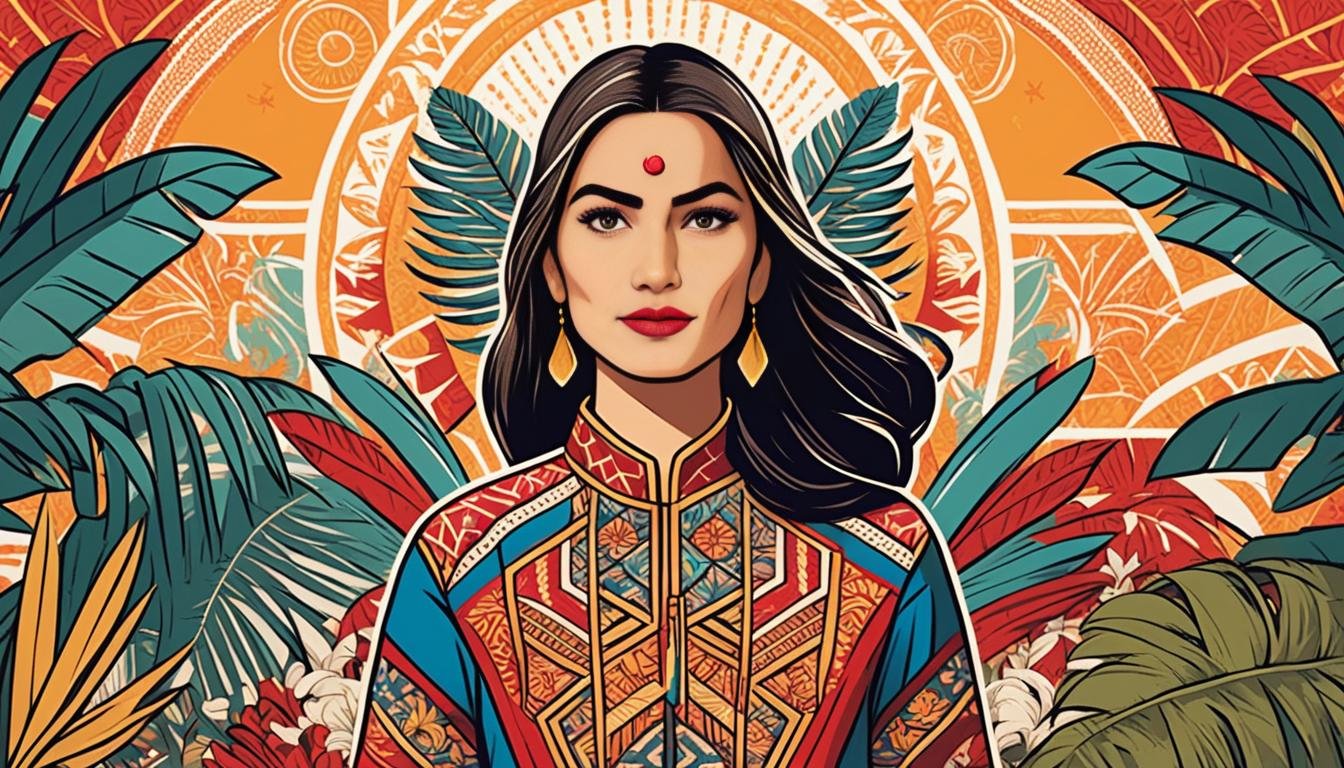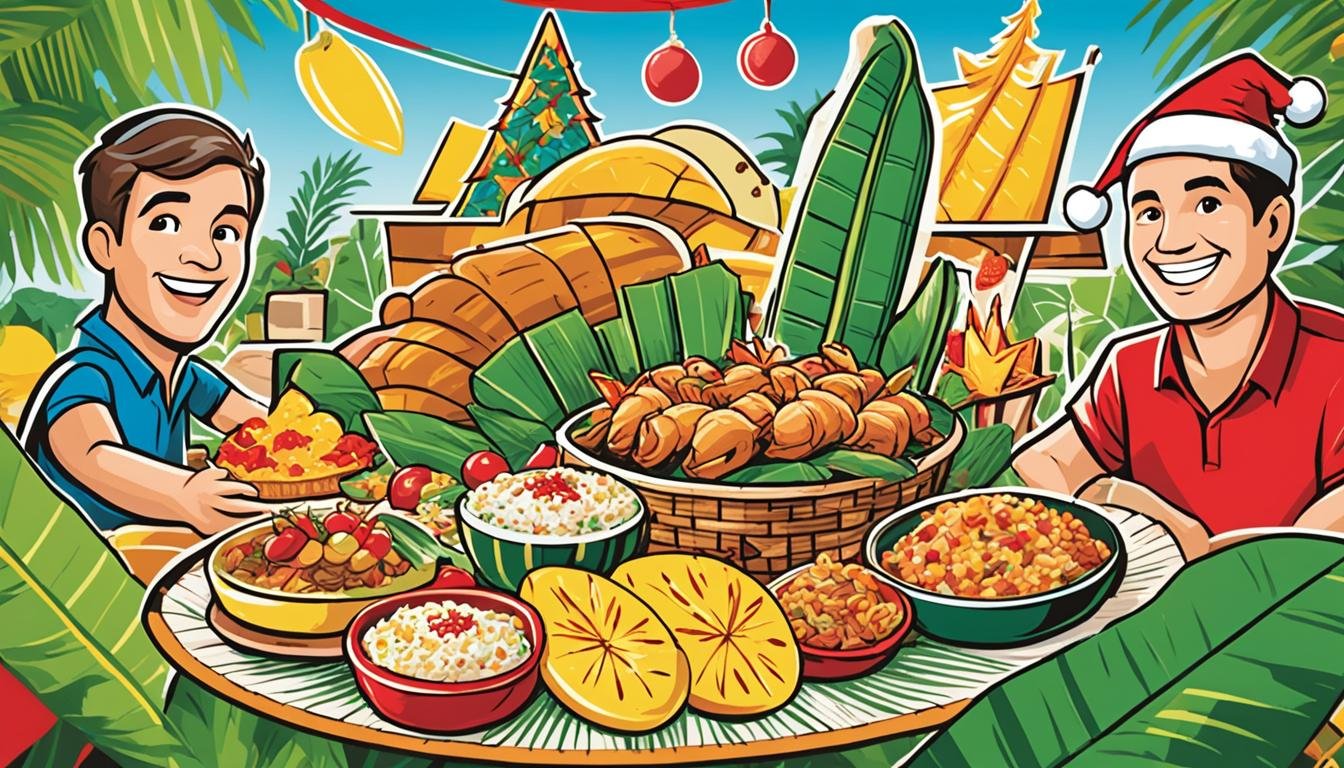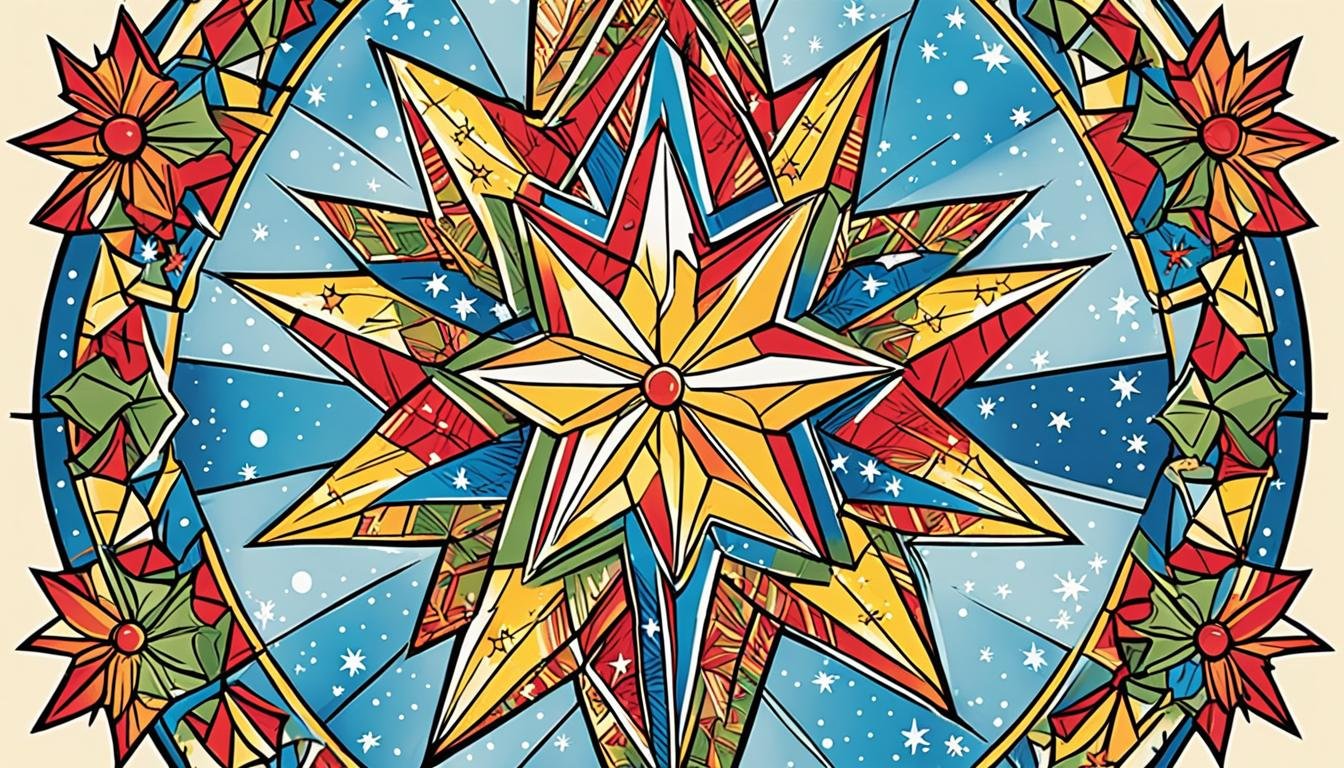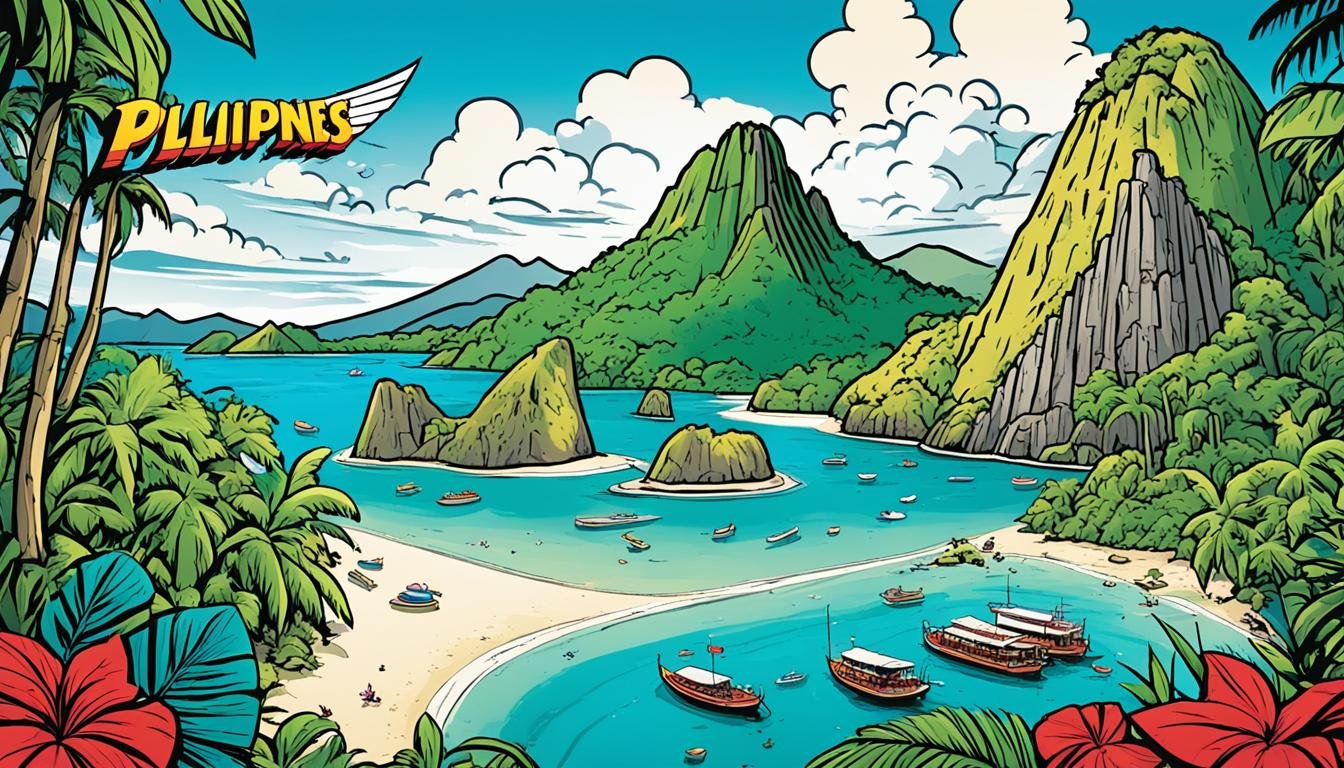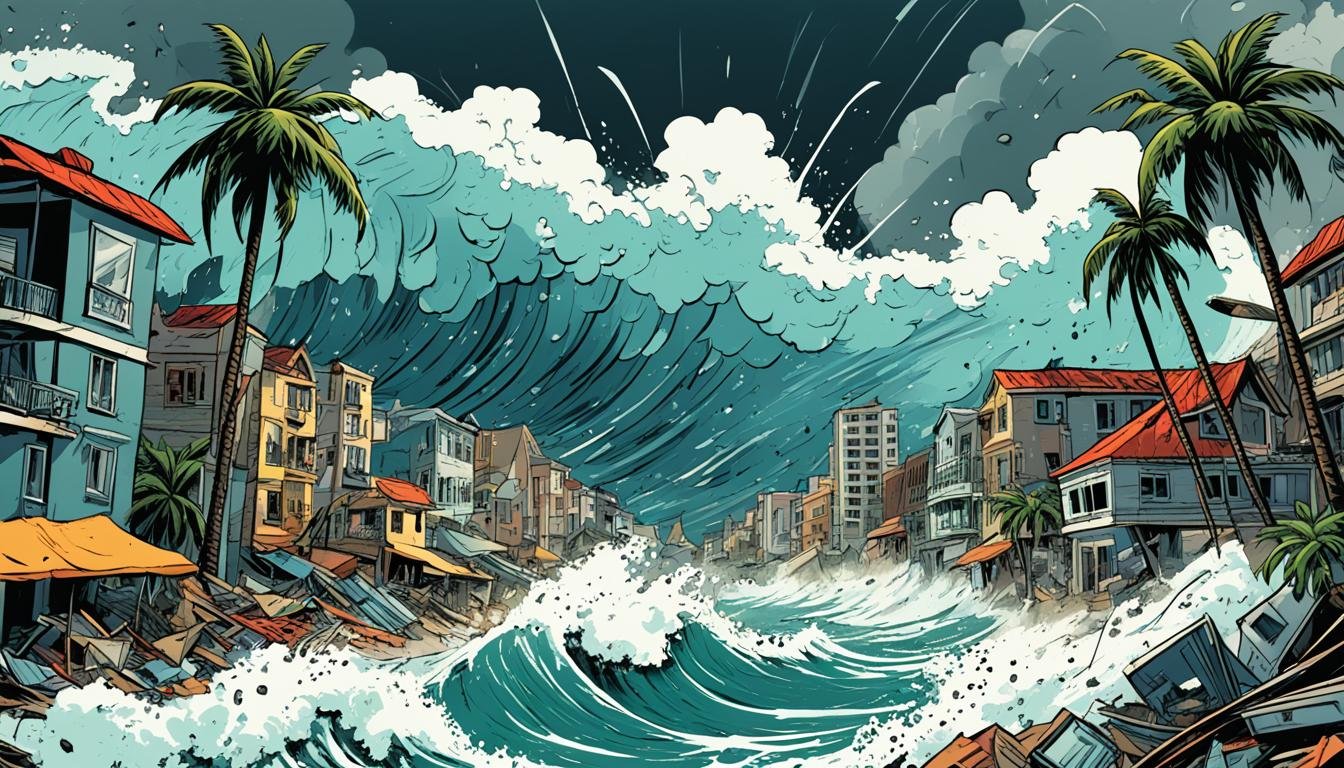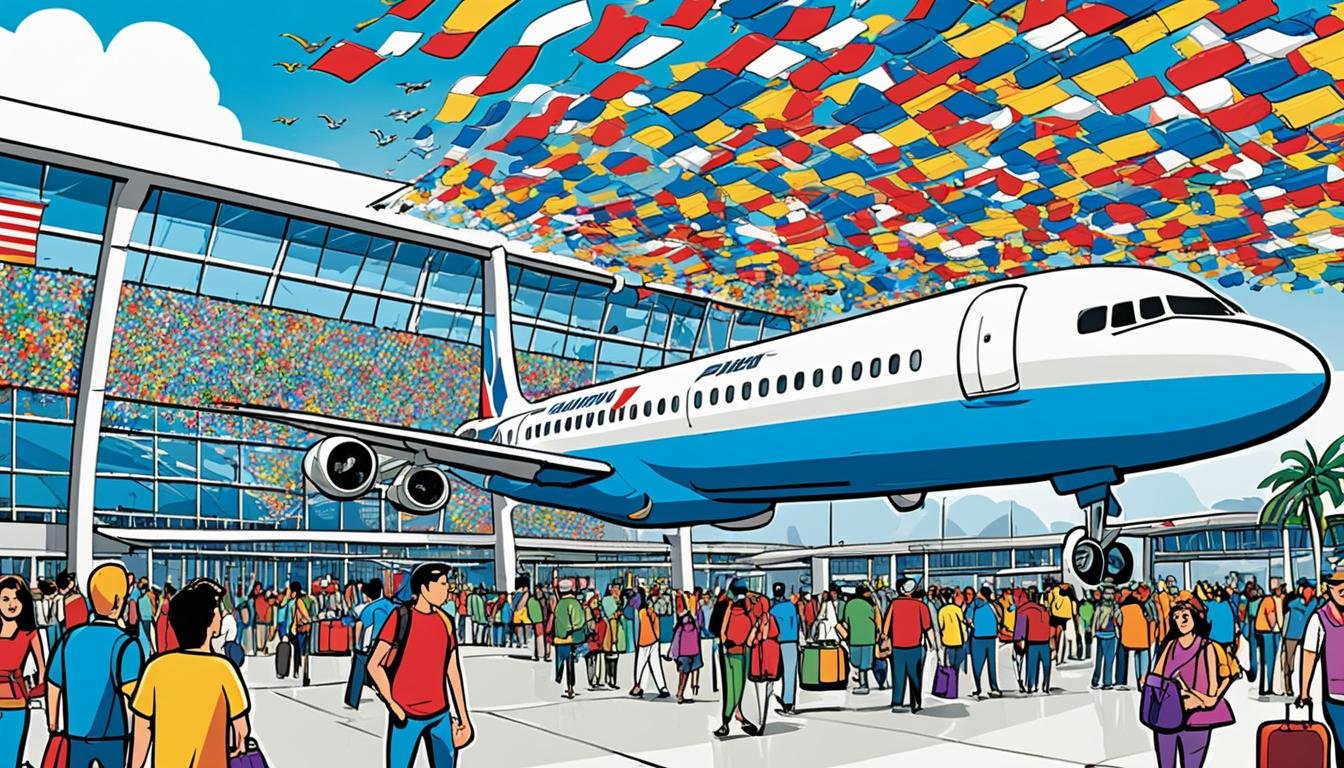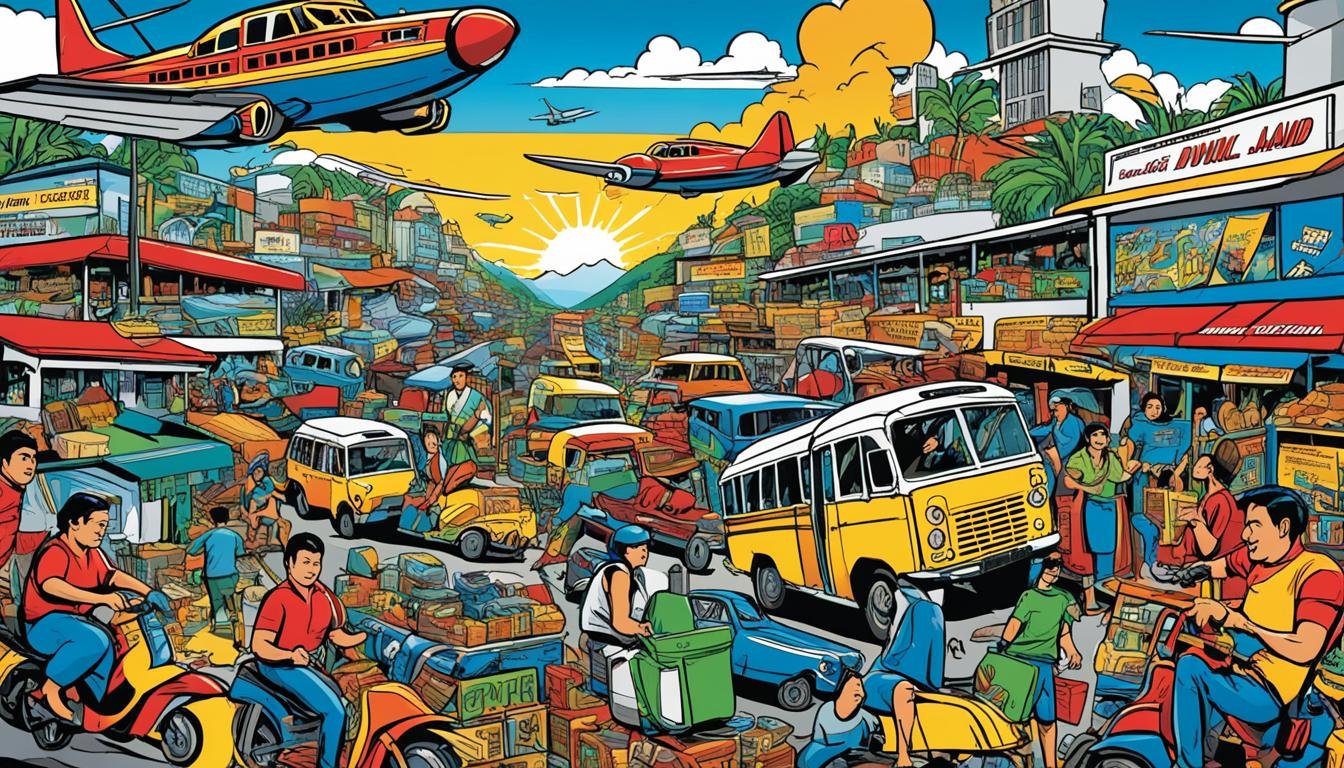The question of whether Filipinos have Indian ancestry in the Philippines is a fascinating one, touching upon the archipelago’s deep historical ties with its Asian neighbors long before the arrival of European colonizers. It’s a query that delves into the complex layers of Filipino identity, shaped by millennia of migration, trade, cultural exchange, and interaction….
Contemporary Period (1986-Present)
Philippine Cow
The image is iconic: a sturdy, grey water buffalo patiently pulling a plow through a muddy rice paddy, a farmer guiding it under the tropical sun. This is the Carabao, affectionately or sometimes simply descriptively referred to as the Philippine Cow. More than just livestock, the Kalabaw (Bubalus bubalis carabanesis) is a cornerstone of Philippine…
Filipino NHL Players: Breaking Ice and Representing a Nation’s Diaspora
The roar of the crowd, the flash of skates on ice, the thunderous crack of a puck hitting the boards – these are the sounds of the National Hockey League (NHL), North America’s premier professional ice hockey league. For decades, its stars have predominantly hailed from Canada, the United States, and various European nations. Yet,…
Philippines Food for Christmas
The Filipino Christmas is arguably one of the longest and most festive in the world, a vibrant tapestry woven with threads of faith, family, community, and, indispensably, food. The Philippines Food for Christmas is more than just sustenance; it’s a historical narrative served on a platter, a delicious chronicle of cultural encounters, colonial legacies, and…
Philippines Christmas Parol
The Filipino Christmas season, renowned for being one of the longest and most vibrant in the world, is visually defined by a singular, luminous icon: the Philippines Christmas Parol. More than just a festive decoration, this star-shaped Filipino lantern is a profound symbol deeply interwoven with the nation’s history, faith, and cultural identity. Its radiant…
Tourism Department Philippines: Weaving History into the National Fabric
The Tourism Department Philippines (DOT), often seen primarily through the lens of sunny beaches and vibrant festivals, plays a profound, albeit sometimes subtle, role in shaping and disseminating narratives of Philippine History. Beyond its mandate to drive economic growth through visitor arrivals, the DOT Philippines acts as a significant curator and promoter of the nation’s…
Philippine Typhoon Season
Beyond the Weather Report The Philippine Typhoon Season is far more than just an annual meteorological forecast; it is a deeply ingrained historical force that has profoundly shaped the archipelago’s past, present, and future. Located along the volatile typhoon belt of the Pacific, the Philippines experiences an average of twenty tropical cyclones annually, with several…
Philippines Airport Code
An airport is typically perceived as a gateway – a place of arrivals and departures, connecting people and commerce across vast distances. Yet, some airports transcend their utilitarian function to become indelible landmarks in a nation’s history, their very grounds bearing witness to events that shape destiny. In the Philippines, one specific Philippines Airport Code…
Fourth Largest Island in the Philippines: A History of Negros
The Philippine archipelago, a vibrant tapestry of over 7,000 islands, holds countless stories within its shores. Among its largest landmasses is Negros, the fourth largest island in the Philippines. Shaped somewhat like a boot or a sock, this island lies in the Visayas region, geographically and administratively divided into Negros Occidental and Negros Oriental. Beyond…
Filipino Sari Sari Store: A Microcosm of Philippine History, Economy, and Culture
The Filipino Sari Sari Store is more than just a retail outlet; it’s a ubiquitous landmark woven into the very fabric of Filipino life. Found on nearly every street corner, from bustling urban centers to remote rural barangays, these small, often family-run shops are vibrant centers of commerce, community, and culture. Their brightly colored facades,…

